Don’t Scratch the Itch: How To Identify and Treat Bug Bites
How often do you find yourself saying, "Something bit me!" after enjoying a beautiful summer day? No matter how often we get bit, that doesn’t stop us from lounging, working, or swimming under the warm sun — only to end up with an intense urge to scratch.
Instead of staying in, learn how to identify the bugs that bit you and treat them accordingly so you can keep enjoying the summer heat.
Fire Ant
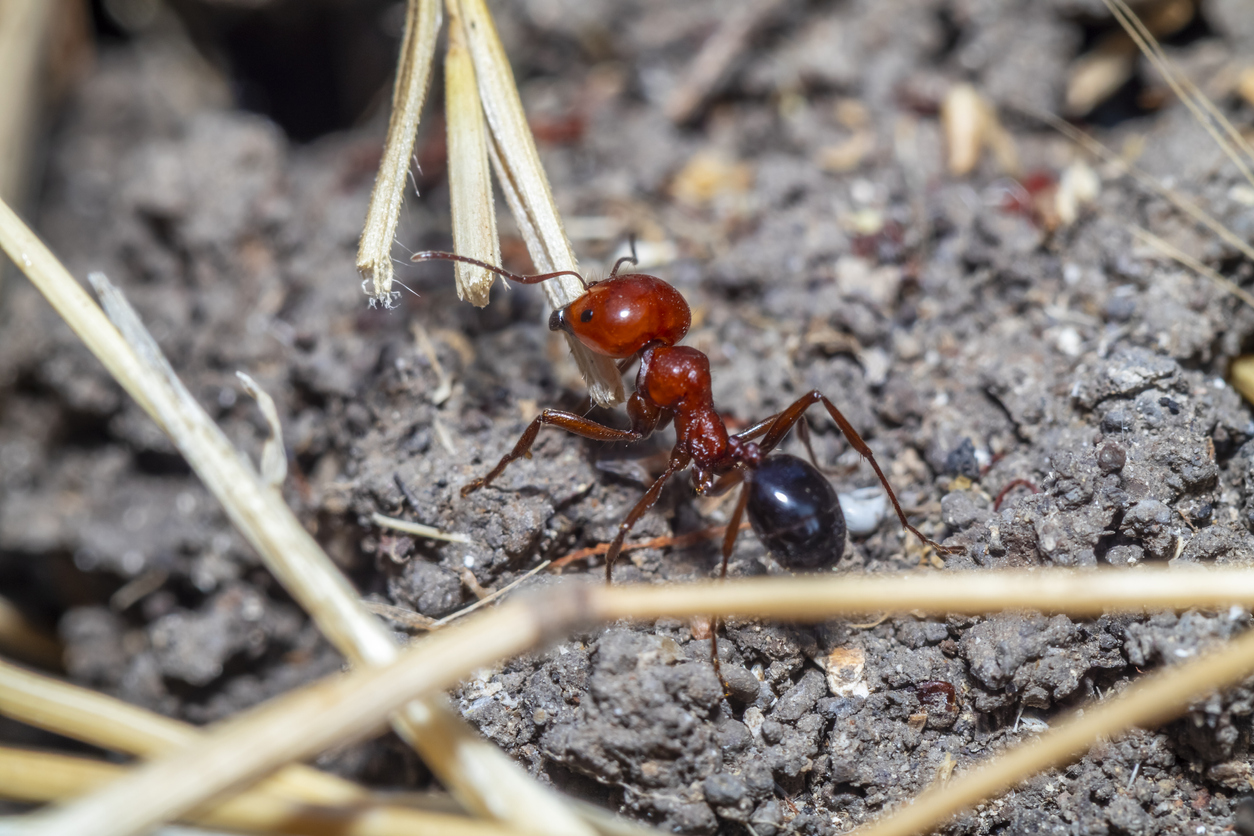
Fire ant bites feel just like they sound — they burn. To make matters worse, they both bite and sting when threatened. These bites typically begin with burning followed by itchiness. The red welt that appears will later turn into a bump with a white center and a red ring on the outer edges.
If bitten, quickly get the ant off your body and wash the area with soap and water. You can take an oral antihistamine or topical steroid ointment to ease the itching. Try applying hydrocortisone ointment to the bump and covering it with a bandaid to quicken the relief.
Fire ant bites usually heal within a week and it’s best to resist scratching as it can slow down healing and cause scarring. It’s rare to develop a more severe reaction, but if so, the welt will grow overnight and become extremely painful and hot.
If you see fire ant mounds around your backyard, it’s best to contact professionals for a quick and effective removal.
Mosquitoes
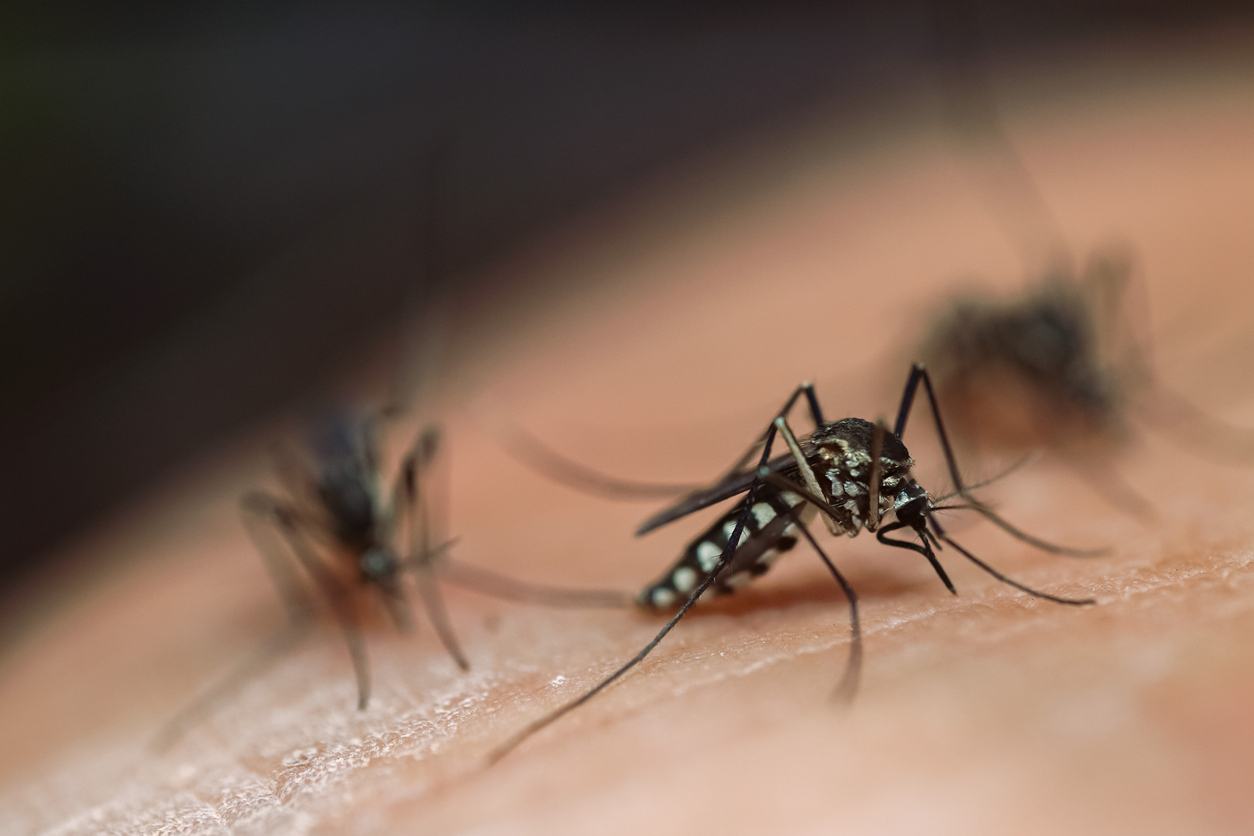
Ah, the bite we all know too well — the mosquito. These small, black insects warn you with a quiet buzz before making your blood their lunch. Only female mosquitoes feast on blood, since they need it to reproduce. Mosquitoes make their homes close to their meals, in tall grass, bushes, and standing water in your yard.
After being bitten, you will most likely be left with a small, red, and itchy welt. It may have a tiny dot in its center. If you have a weakened immune system you may experience a more extreme reaction — the bites being larger and more irritating, or hives in other places on your body. If bitten, wash the area with soap and water and coat it with a topical itch cream to avoid scratching.
Luckily, most bites are mild and will disappear within a few days. If citronella isn’t keeping the mosquitoes at bay, gift your backyard with a visit from a pest professional!
Chiggers
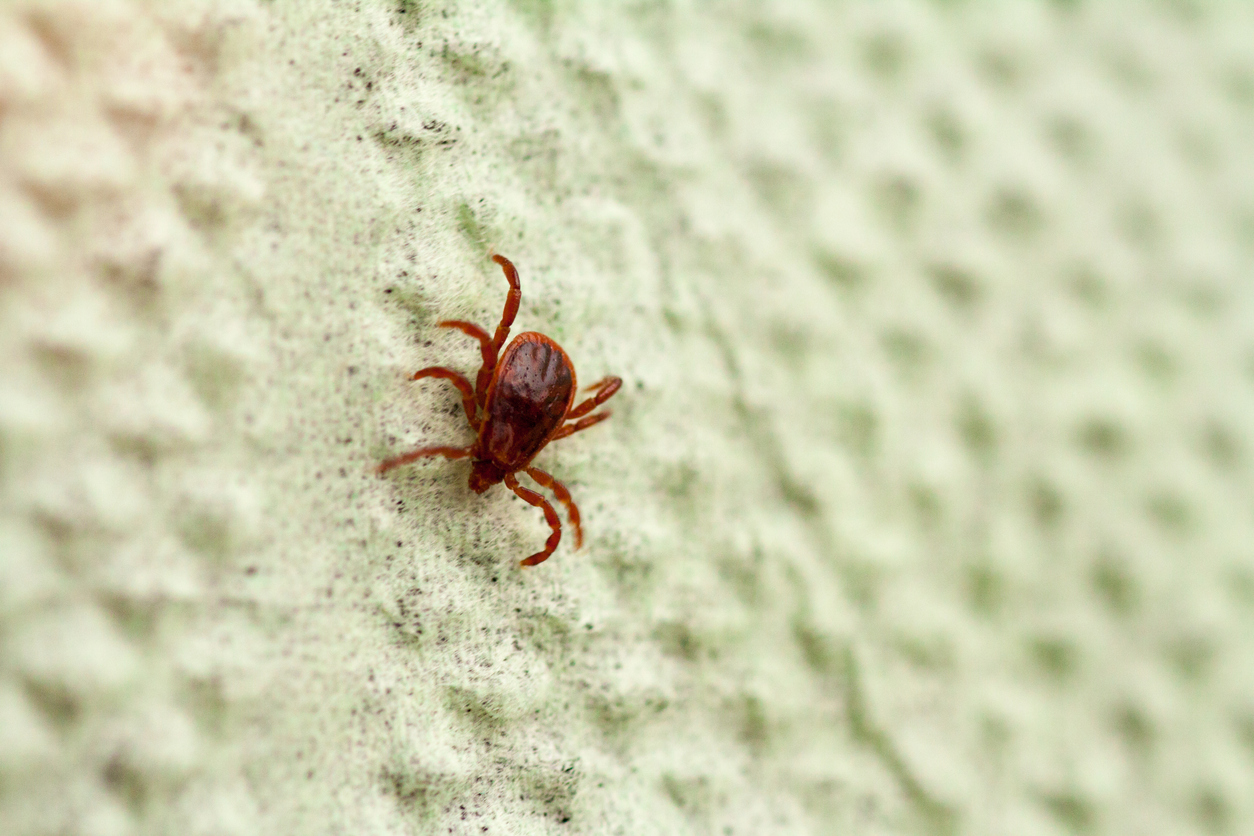
Chiggers are tiny larvae that can covertly jump onto your skin or clothes, giving itchy bites while they hitch a ride. Sometimes called red bugs, chiggers reside in tall grasses, weeds, berry patches, and wooded areas, so it is always best to check yourself after a walk outdoors.
Being near-microscopic, these tiny bugs are easier to spot when in clusters. Chiggers can attach themselves to your body and survive for up to four days before your skin effectively nudges them off. However, you will notice the bite quickly after it occurs, as you will have an intense desire to scratch.
The bites will appear as small, red welts and often appear in places where clothing is tight to the skin, like waistbands or sock lines. Luckily, chigger bites are only on the skin's surface, meaning they can’t transmit diseases into the bloodstream. Immediately wash the bite with soap and water, applying a topical itch medication afterward. Avoid scratching, as it can lead to infection.
Chiggers become inactive when the weather is below 60°F and die when temperatures fall below 42°F. If you’re experiencing chiggers, use insect repellant and wear full-coverage clothing, staying on trail paths instead of exploring wooded and high grass areas.
Ticks
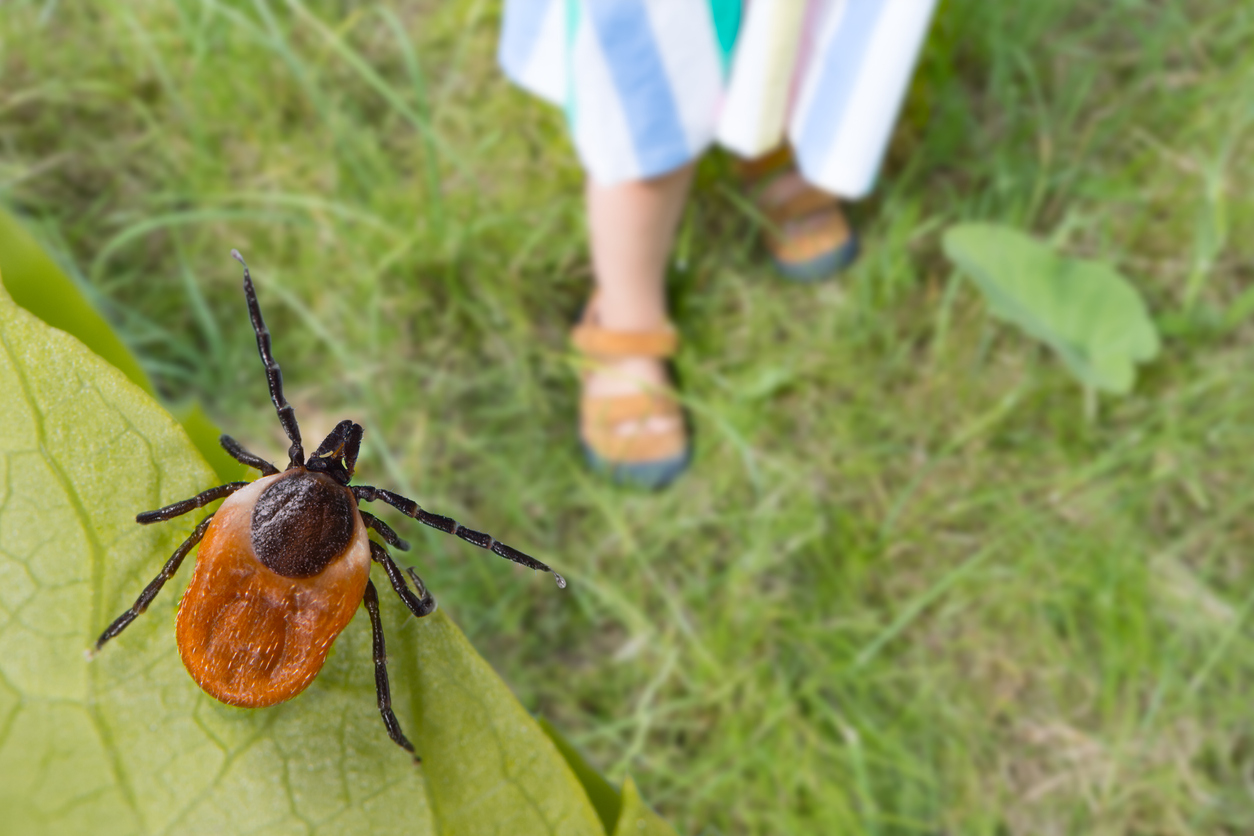
Ticks are small, eight-legged bugs whose diet consists of one thing: blood. They range in color from reddish-brown to black, swelling to a much larger size and turning white or greenish-blue as they ingest blood. Ticks prefer warm, moist areas of the body and sometimes migrate, so if you find one bite, check for others. The bites can sometimes cause a red or discolored bump to appear.
While bites are usually harmless, you can experience an allergic reaction of pain, swelling, rash, blisters, or shortness of breath. If the tick carries Lyme disease, the bite will resemble a bullseye and could grow into a large rash within 30 days.
If bitten, remove the tick and clean the area with an antibacterial soap. Place the tick in a closed bag or jar, as a doctor may want to test the tick for disease if you are having a reaction.
This summer, you can help prevent tick bites by arming yourself with tick repellent and full-coverage clothing before going on a trail or through the woods.
Black Fly
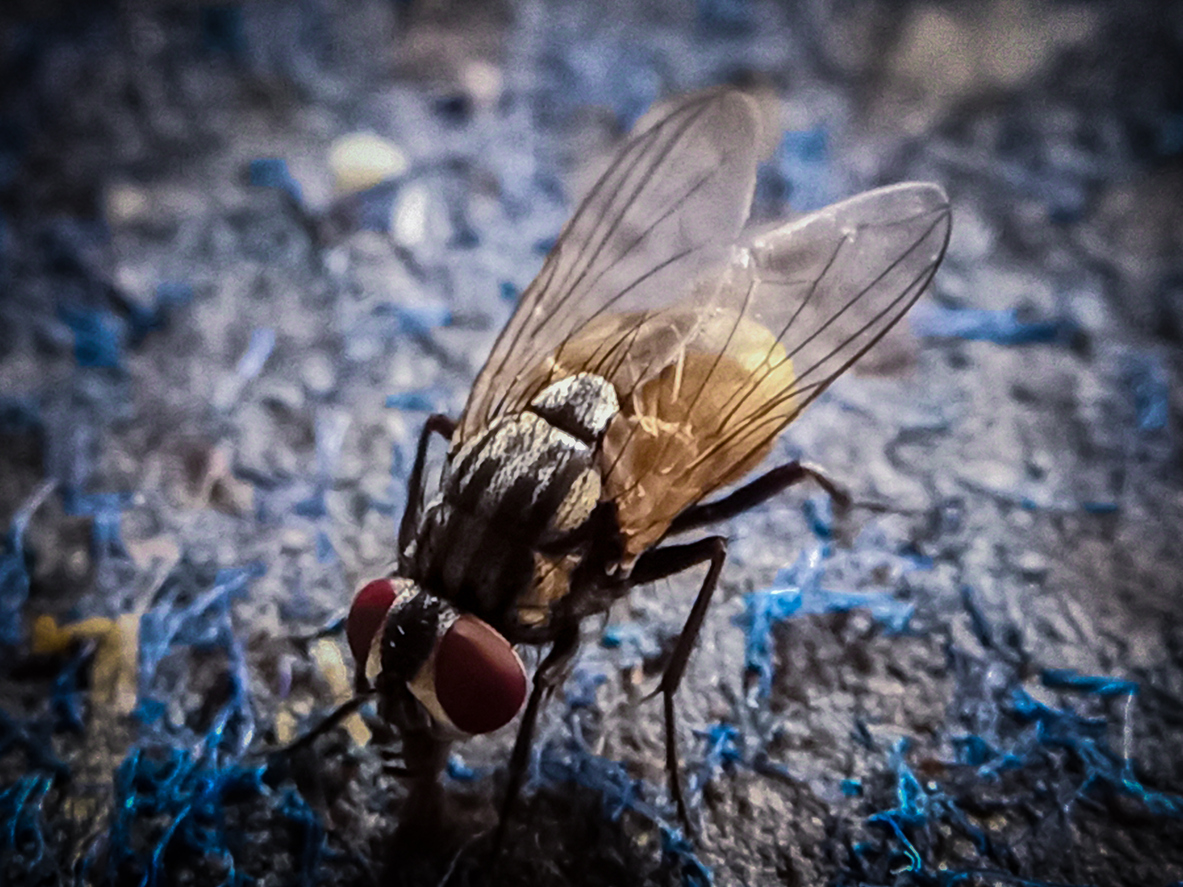
Black flies, also known as buffalo gnats, are similar to mosquitoes in that the females require blood to reproduce. They are small black flies with a humped back, hovering primarily around your neck and head.
Black fly bites cause small, swollen, red bumps, similar to a mosquito bite. In some cases, they can become fluid-filled blisters. Their bite can cause extreme itchiness, pain, swelling, nausea, fevers, or headaches.
If you believe you’ve been a victim to these tiny flying vampires, wash the bite area with soap and water. Applying a cold compress can reduce irritation and swelling, while antihistamines and anti-itch cream can help with the scratching.
This summer, keep your arms clear and the bugs at bay. If you’re suffering from itchy welts and hungry insects, contact Stark Exterminators for a personalized pest control plan.

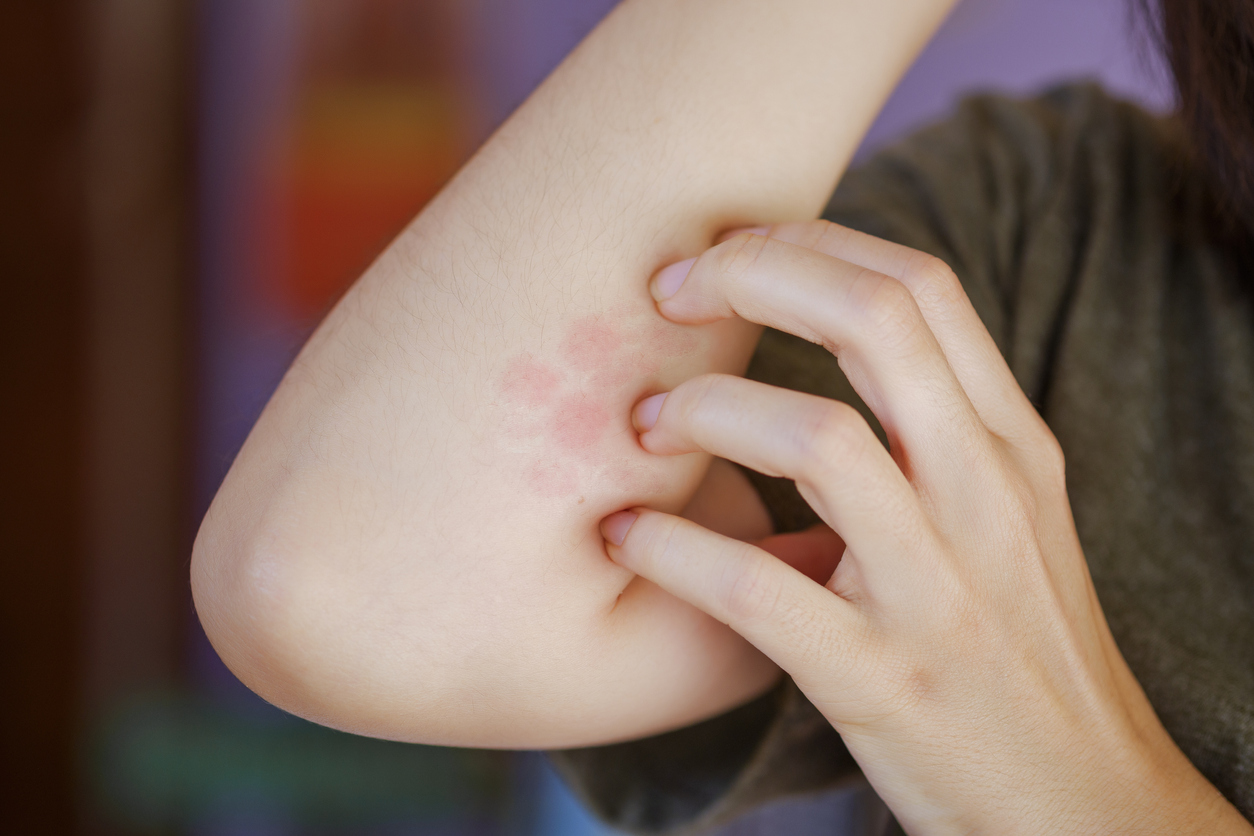




 YouTube
YouTube Facebook
Facebook Twitter
Twitter